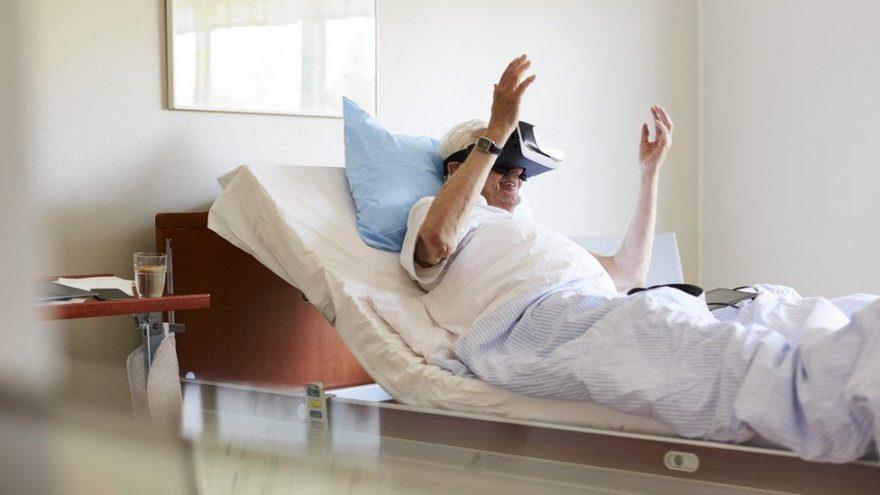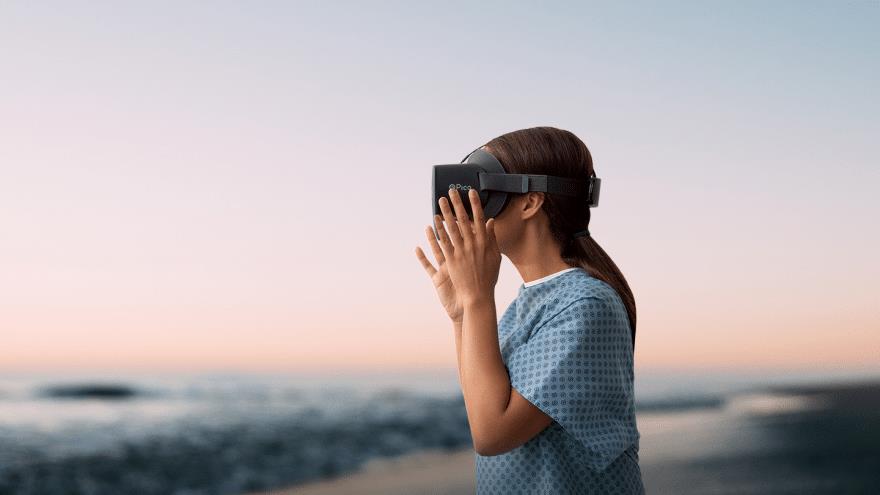(MENAFN- Khaama Press)
In 2008, University of Washington researchers published the first study of its kind using virtual reality (VR) to mitigate the use of the highly-addictive drugs.
The researchers replaced the clinical hospital setting with a computer-generated snowtopia where patients could throw snowballs with penguins and snowmen through a VR headset as doctors washed the treatment area. It worked, and the study concluded that VR could replace part of an opioid dose.
Following a hypoxic brain injury, Sarah Hill has needed full-time care – but now, virtual reality is opening up new worlds, from deep-sea to deep space, all from the comfort of her care home.

“I am unable to walk – and I can feel light and able to walk,” she says.“You can go under the sea, look at all these fish. It reduces my anxiety. I find the virtual-reality kit very helpful.”
And the interventions tested – using virtual-reality kits to treat pain and phobias, for example – could save the NHS £2m every year.
Ms. Hill's physiotherapist, Pamela Hicken, says her VR kit“encourages movement” and interaction.
“I've had residents who can't talk who are now talking to people or animals in the video,” she says.

Chief executive of the Welsh government's life-sciences hub Cari-Anne Quinn says:“Immersive technologies are helping to future-proof our health and social care systems in Wales and beyond.”
Author
Legal Disclaimer:
MENAFN provides the information “as is” without warranty of any kind. We do not accept any responsibility or liability for the accuracy, content, images, videos, licenses, completeness, legality, or reliability of the information contained in this article. If you have any complaints or copyright issues related to this article, kindly contact the provider above.